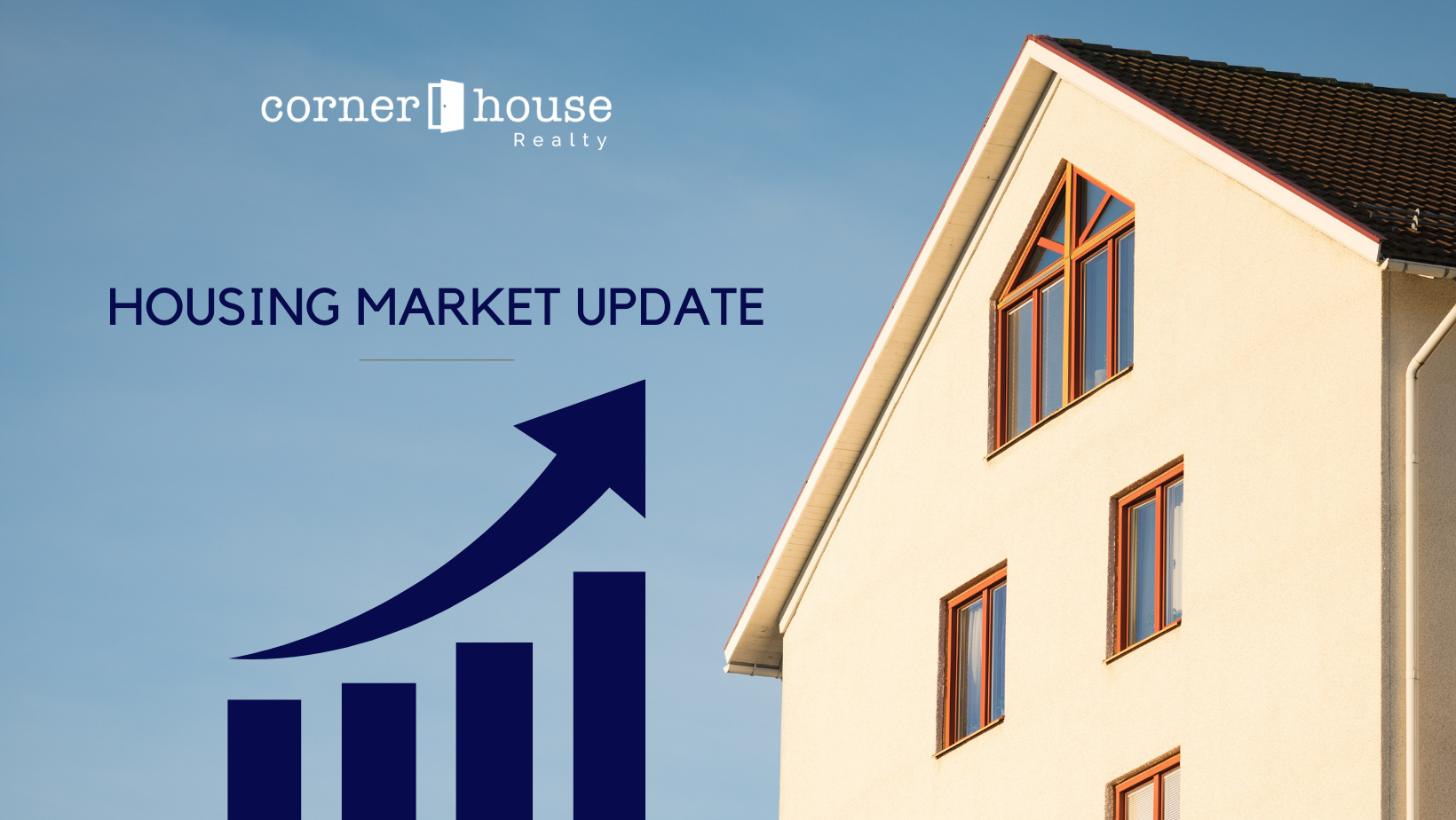The Maryland real estate market has been a subject of interest for both investors and homeowners alike. As the state continues to grow and evolve, understanding the current trends and forecasts can provide valuable insights for those looking to make informed decisions in the real estate sector. In this blog post, we will delve into the Maryland real estate market forecast, examining key factors that influence the market and offering an outlook for the coming years.
Economic Factors:
The economic landscape plays a significant role in the performance of the real estate market. Maryland benefits from a diverse economy, driven by sectors such as healthcare, education, biotechnology, and government. The state’s favorable business environment and proximity to major metropolitan areas like Washington, D.C., and Baltimore contribute to its economic stability. As a result, the Maryland real estate market is expected to maintain steady growth.
Housing Demand:
Demand for housing in Maryland has remained robust, driven by factors such as population growth, increased job opportunities, and a high quality of life. The influx of young professionals and families has created a strong demand for both rental and homeownership properties. However, it’s worth noting that limited housing inventory and rising prices have created affordability challenges, particularly in popular urban areas.
Housing Inventory and Affordability:
One of the key challenges in the Maryland real estate market is the shortage of housing inventory. The supply-demand imbalance has led to rising home prices, making it more difficult for first-time homebuyers to enter the market. This trend is likely to persist in the near term, although efforts to increase housing construction and address affordability issues are being pursued at the state and local levels.
Interest Rates and Mortgage Market:
Interest rates play a crucial role in the affordability of housing. While rates have remained relatively low in recent years, there is the potential for gradual increases as the economy strengthens. Higher interest rates could impact the affordability of homes, potentially slowing down the pace of price appreciation. Monitoring mortgage market trends will be essential for those considering real estate transactions in Maryland.
Regional Variation:
The Maryland real estate market is diverse, with variations in performance across different regions. Areas closer to major job centers and transportation hubs, such as Montgomery County, Howard County, and Anne Arundel County, tend to experience stronger demand and higher prices. In contrast, rural and less populated areas may have a more stable and affordable market. Understanding these regional variations is vital for investors and homebuyers seeking opportunities in specific areas.
Conclusion:
The Maryland real estate market is poised for continued growth, driven by a strong economy, population influx, and attractive quality of life. While the shortage of housing inventory and affordability concerns present challenges, efforts are underway to address these issues. As interest rates and market conditions evolve, it is important to stay informed and adapt strategies accordingly. Consulting with local real estate professionals and experts can provide valuable guidance for those navigating the dynamic Maryland real estate market.

